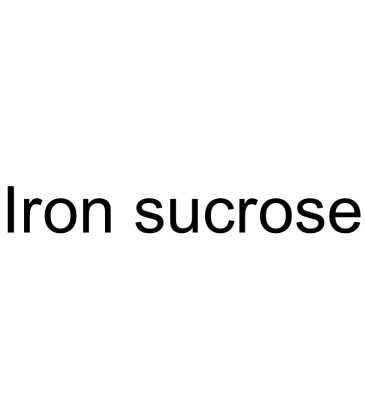Reactive Oxygen Species
Reactive oxygen species (ROS), such as superoxide anion (O2-), hydrogen peroxide (H2O2), and hydroxyl radical (HO•), consist of radical and non-radical oxygen species formed by the partial reduction of oxygen. Cellular ROS are generated endogenously during mitochondrial oxidative metabolism as well as in cellular response to xenobiotics, cytokines, and bacterial invasion.
ROS also activates MAPK pathways by the direct inhibition of MAPK phosphatases. Through PTEN, the PI3K pathway is subject to reversible redox regulation by ROS generated by growth factor stimulation. The activation of autophagy may be a cellular defense mechanism in response to ROS.
Targets for Reactive Oxygen Species
Products for Reactive Oxygen Species
- Cat.No. Product Name Information
-
GC60693
Chitoheptaose heptahydrochloride
Chitoheptaose heptahydrochloride is a chitosan oligosaccharide with antioxidant, anti-inflammatory, antiapoptotic and cardioprotective activities.
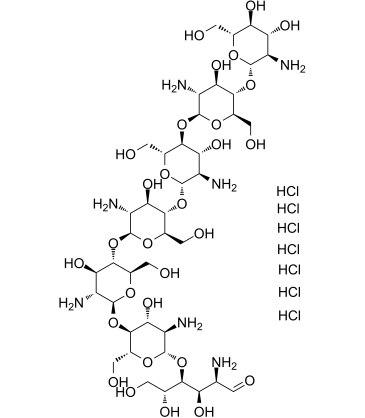
-
GN10518
Chitosamine hydrochloride
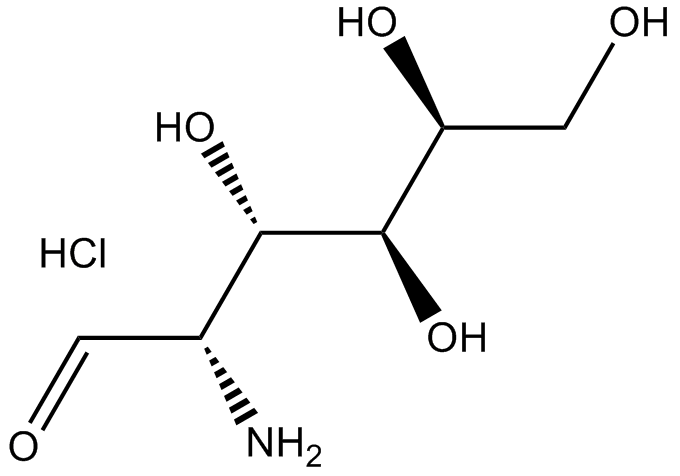
-
GC68039
Chlorin e6 trimethyl ester

-
GN10308
Chlorogenic acid
Chlorogenic acid is a major phenolic compound in coffee and tea.
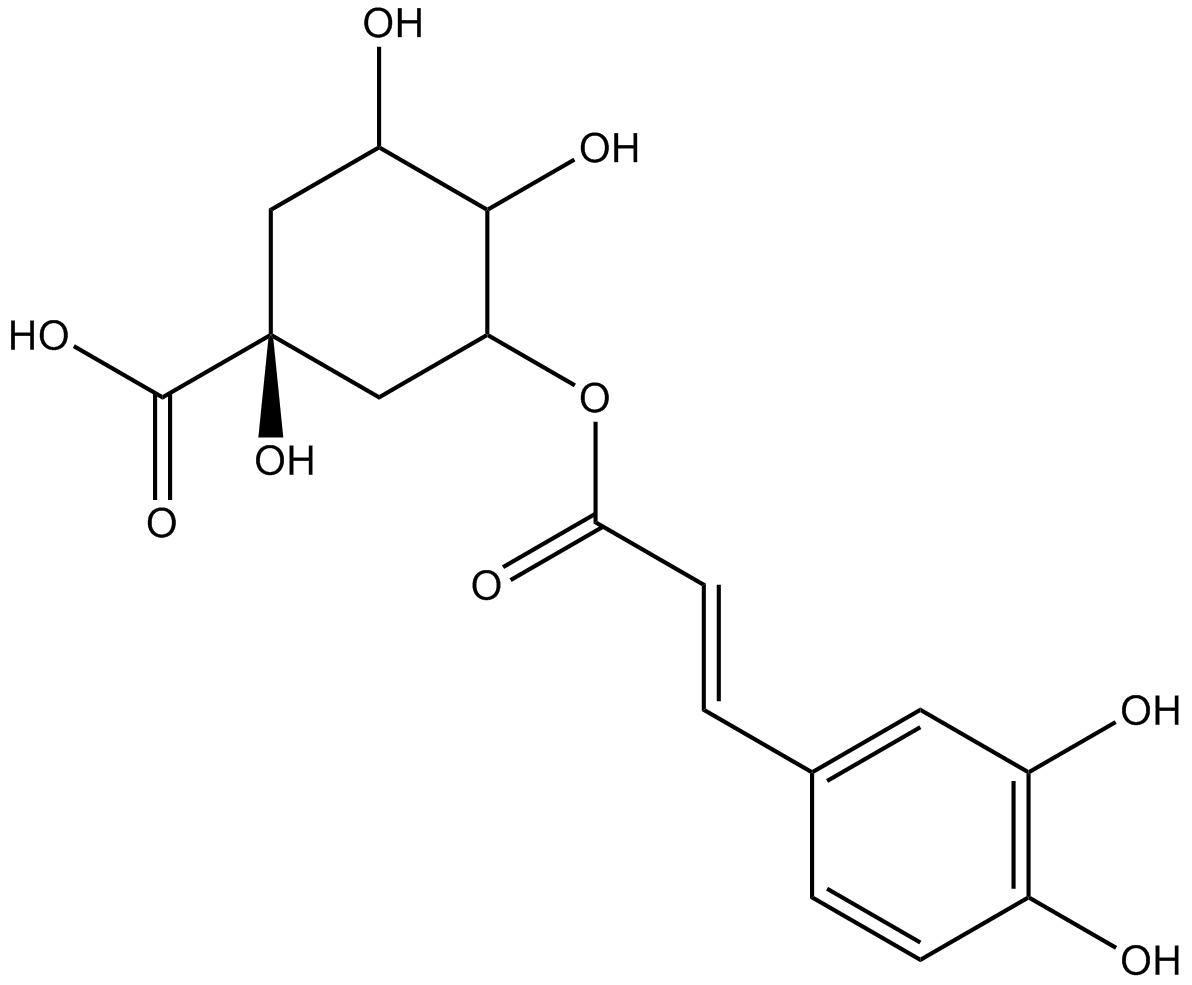
-
GN10662
Cichoric Acid
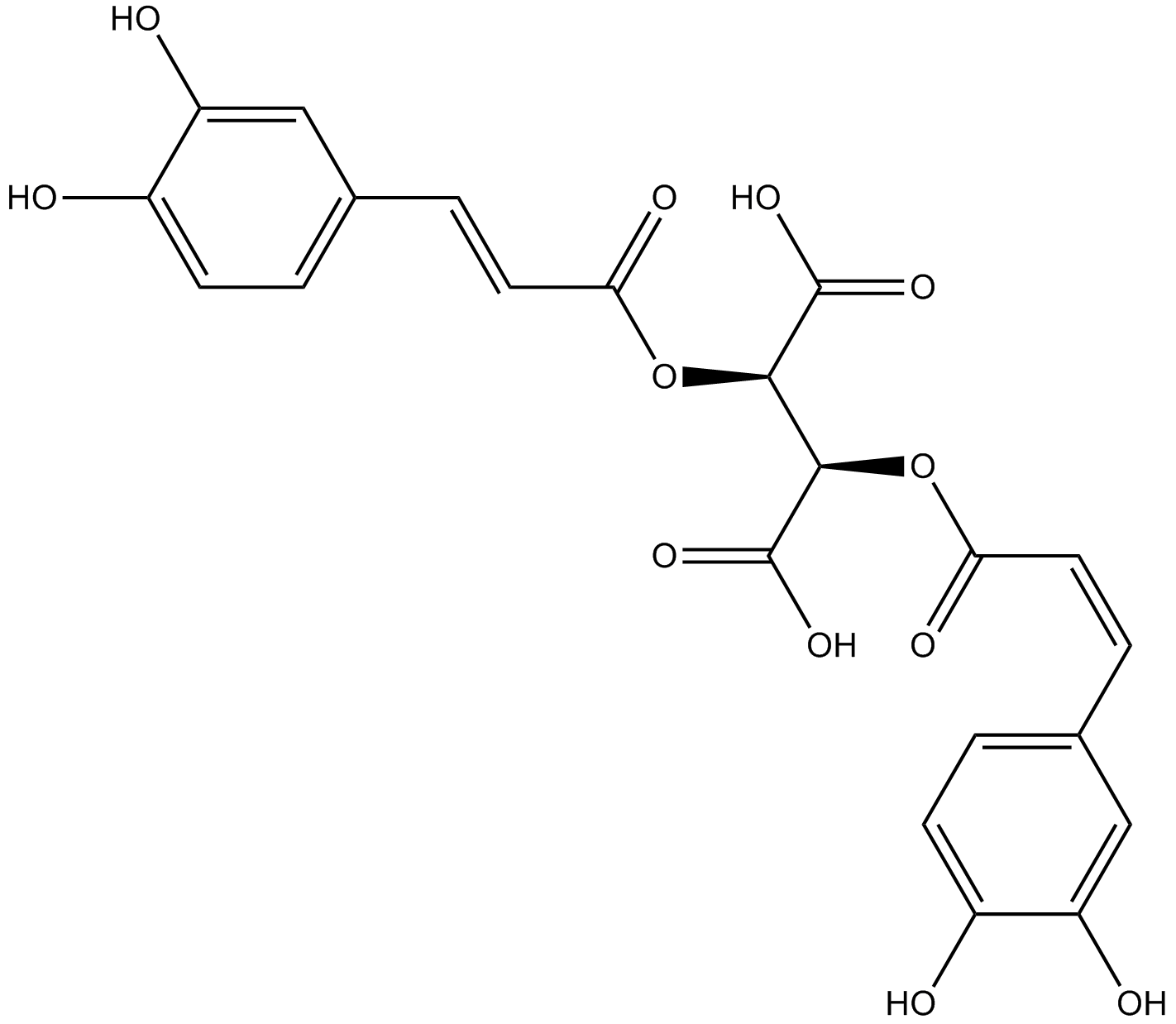
-
GC38680
Citronellol
Citronellol ((±)-Citronellol) is a monoterpene Pelargonium capitatum. Citronellol ((±)-Citronellol) induces necroptosis of cancer cell via up-regulating TNF-α, RIP1/RIP3 activities, down-regulating caspase-3/caspase-8 activities and increasing ROS (reactive oxygen species) accumulation.
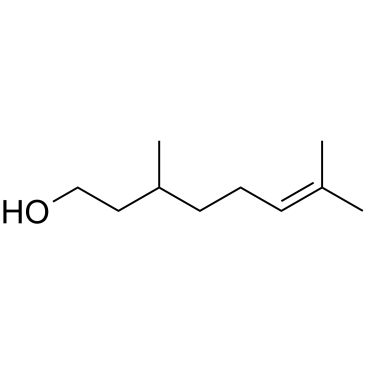
-
GC65124
CL097 hydrochloride
CL097, a potent TLR7 and TLR8 agonist, induces pro-inflammatory cytokines in macrophages.
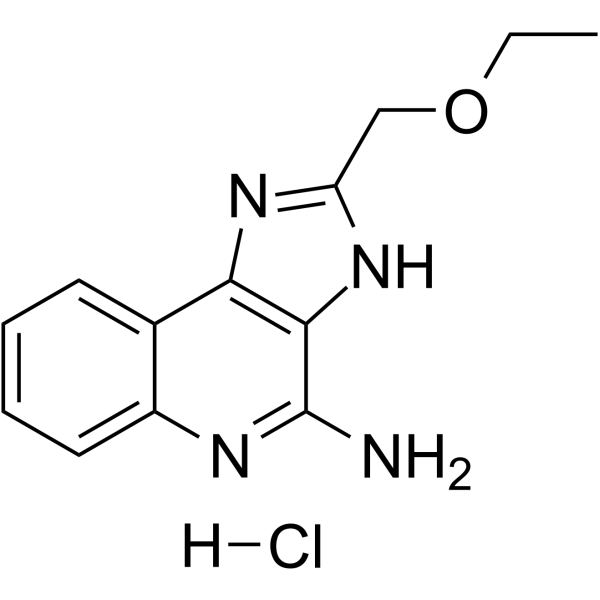
-
GC40632
CMS121
A substituted quinoline with diverse biological activities

-
GN10668
Coenzyme Q10
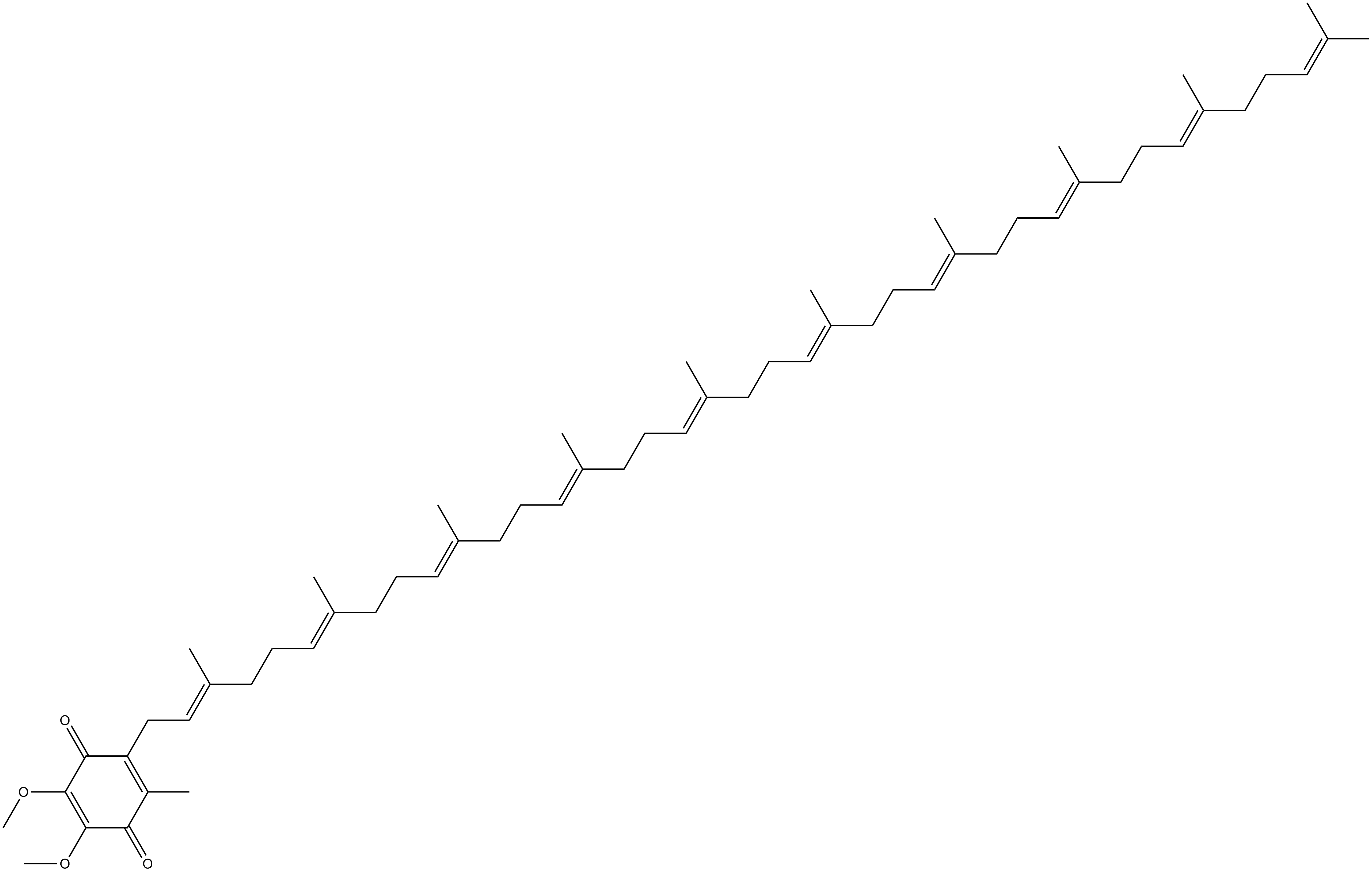
-
GC47116
Coenzyme Q10-d6
An internal standard for the quantification of CoQ10

-
GC43297
Coenzyme Q2
Coenzyme Q10 is a component of the electron transport chain and participates in aerobic cellular respiration, generating energy in the form of ATP.

-
GC43316
Coumarin Boronic Acid
Coumarin boronic acid (CBA) is a fluorescent probe that can be used to detect peroxynitrite, hypochlorous acid, and hydrogen peroxide.

-
GC43317
Coumarin Boronic Acid pinacolate ester
Coumarin boronic acid pinacolate ester (CBE) is a more soluble form of coumarin boronic acid that can be used to detect peroxynitrite, hypochlorous acid, and hydrogen peroxide.

-
GC52164
Cu-ATSP
Cu-ATSP, a potent inhibitor of ferroptotic cell death, is almost 20-fold more potent than CuATSM.

-
GC49557
Cu-GTSM
A copper-containing compound with diverse biological activities

-
GC43335
Cyanidin 3-O-arabinoside
Cyanidin 3-O-arabinoside is an anthocyanin antioxidant that has been found in eggplant.

-
GC18488
Cyclo(L-Leu-L-Trp)
Cyclo(L-Leu-L-Trp) is a diketopiperazine metabolite originally isolated from Penicillium.
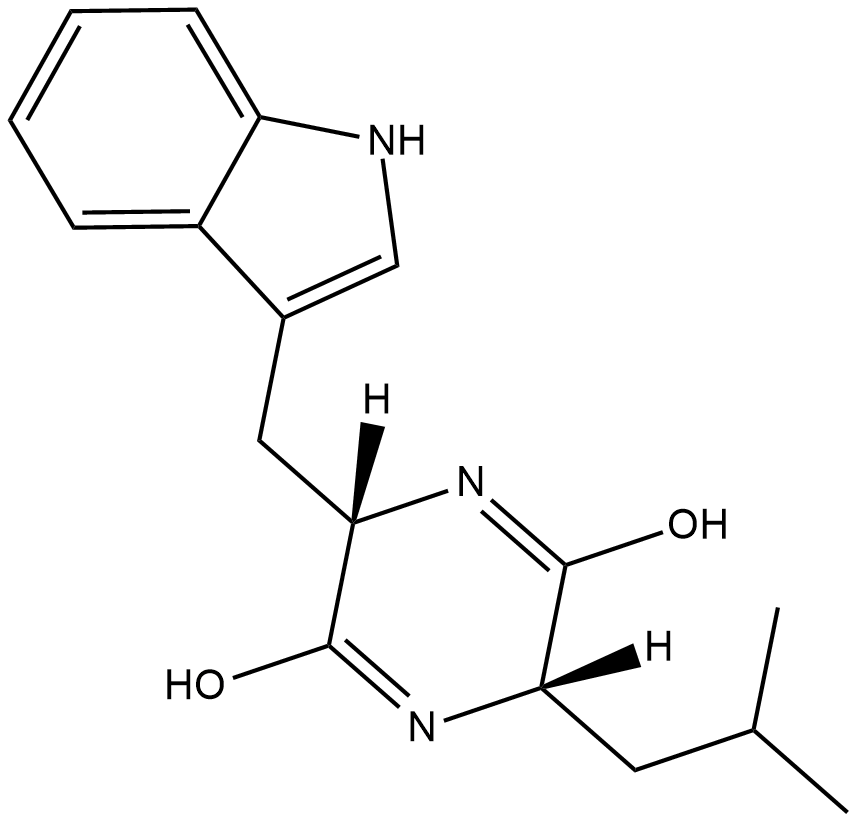
-
GC65545
Cyclo(L-Phe-L-Pro)
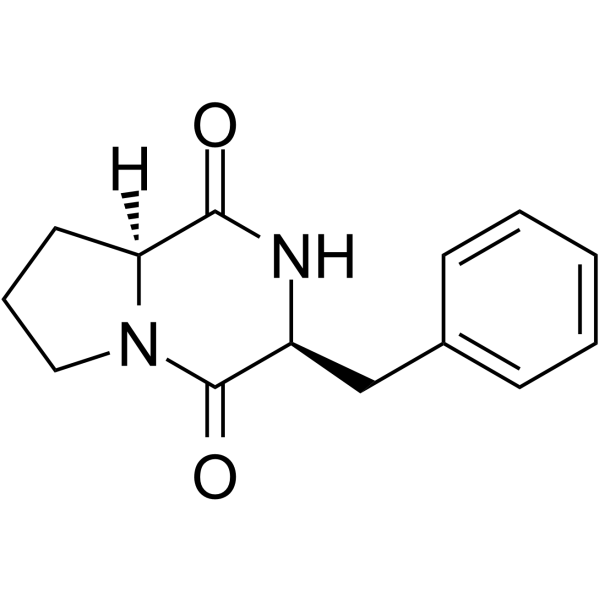
-
GC34894
CycLuc1
CycLuc1 is a brain penetrant luciferase substrate.
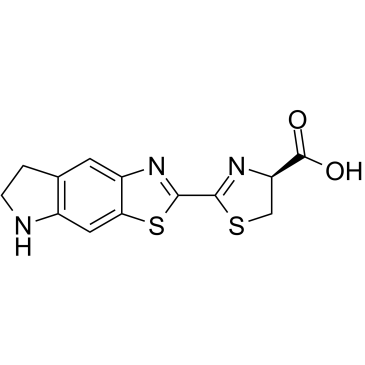
-
GC45877
CYM 5478
An S1P2 agonist

-
GN10698
Cynarin
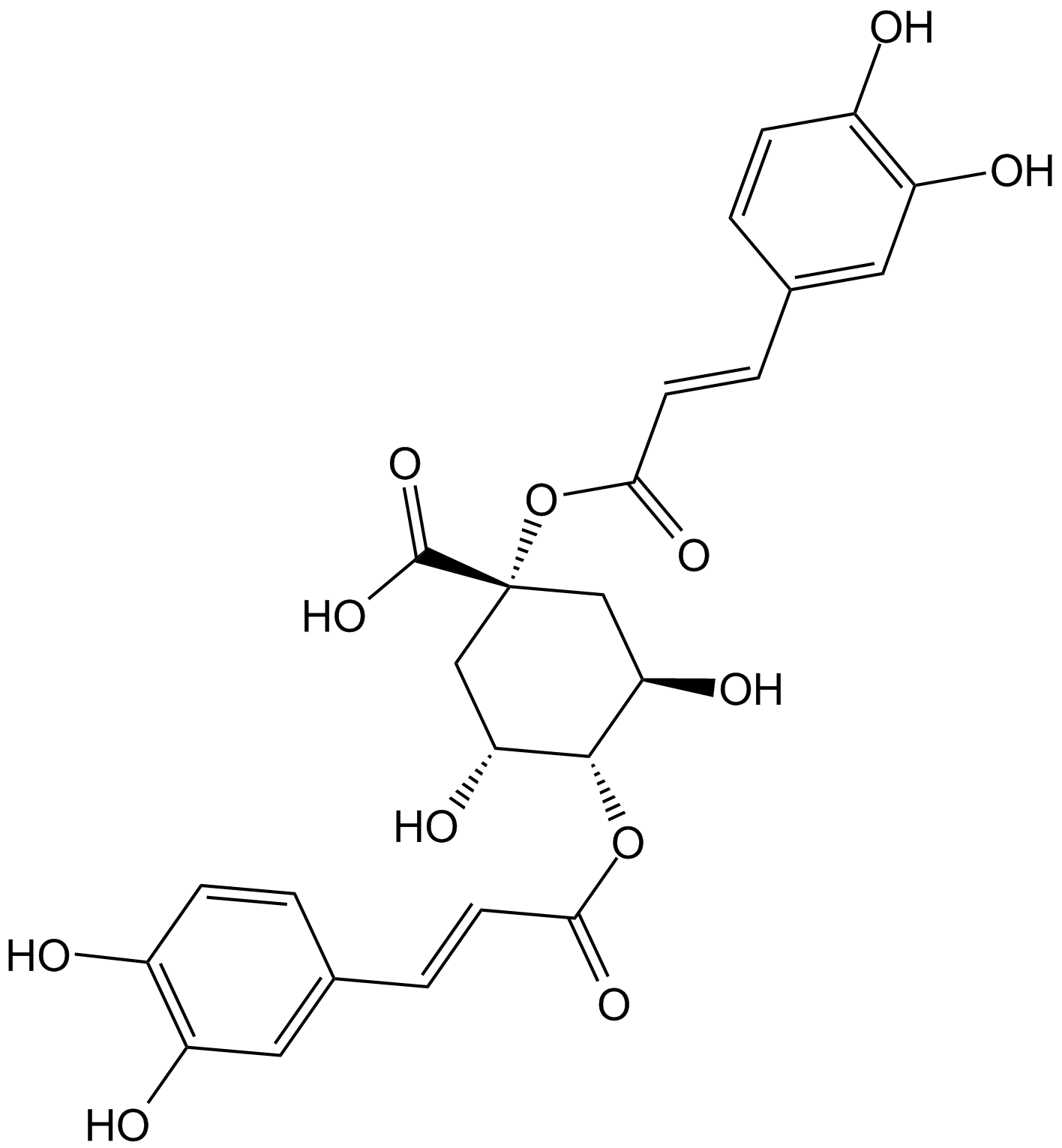
-
GC43352
CYPMPO
CYPMPO is a free radical spin trap with excellent trapping capabilities toward hydroxyl and superoxide radicals in biological and chemical systems.

-
GC33779
Cysteamine (β-Mercaptoethylamine)
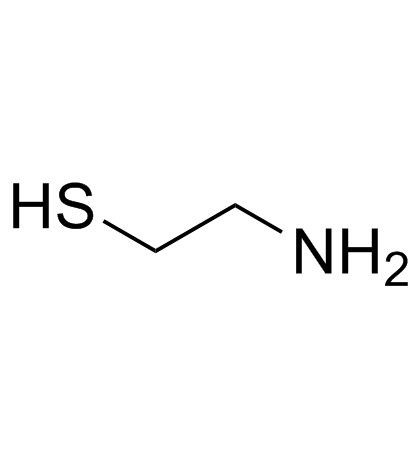
-
GC13502
Cysteamine HCl
Cysteamine HCl (2-Aminoethanethiol hydrochloride) is an orally active agent for the treatment of nephropathic cystinosis and an antioxidant.
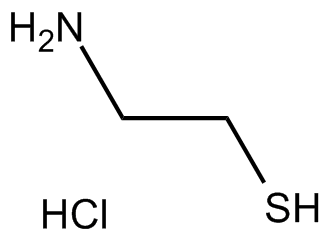
-
GC49868
D-α-Tocopheryl Quinone
An oxidative metabolite of vitamin E

-
GC33606
D-(+)-Glucono-1,5-lactone (Gluconic acid lactone)
D-(+)-Glucono-1,5-lactone (Gluconic acid lactone) is a polyhydroxy (PHA) that is capable of metal chelating, moisturizing and antioxidant activity.
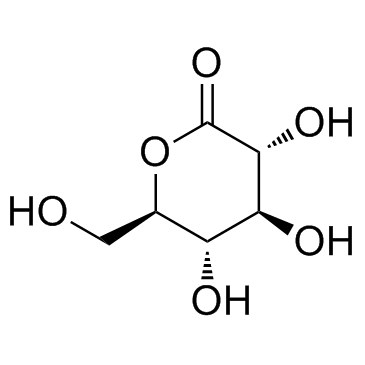
-
GC18583
D-α-Hydroxyglutaric Acid
Over-produced in the human neurometabolic disease D-2-HGA
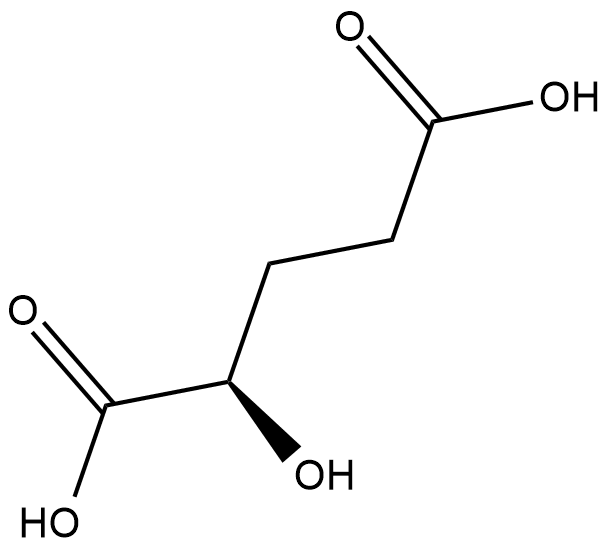
-
GC16306
Dapsone
sulfone antibiotic
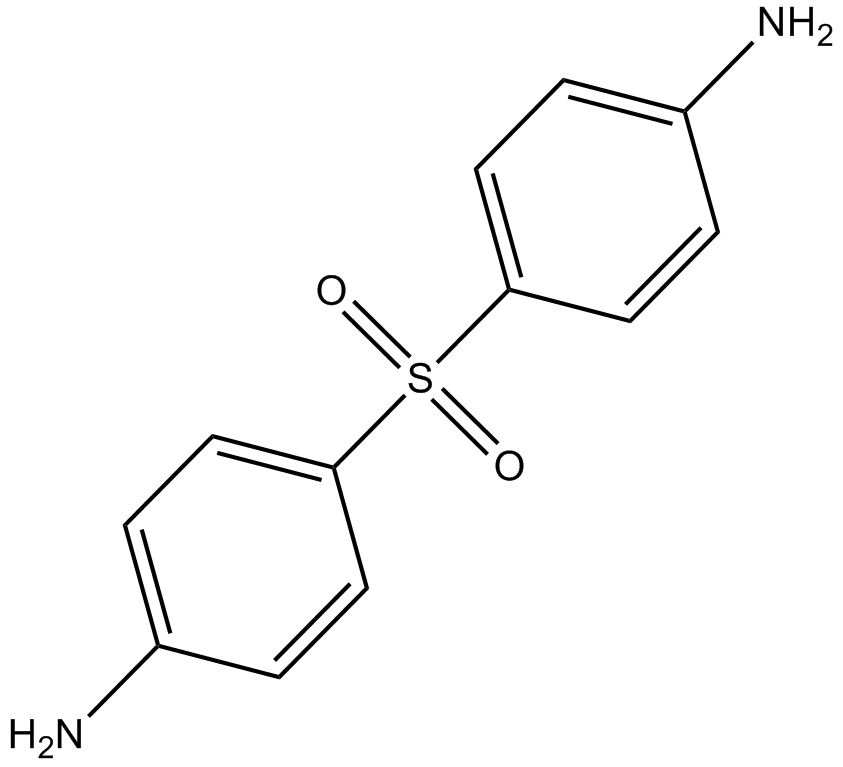
-
GC47172
Dapsone-d8
An internal standard for the quantification of daspone

-
GC16795
DCA
DCA is a metabolic regulator in cancer cells' mitochondria with anticancer activity. DCA inhibits PDHK, resulting in decreased lactic acid in the tumor microenvironment. DCA increases reactive oxygen species (ROS) generation and promotes cancer cell apoptosis. DCA also works as NKCC inhibitor.

-
GC43410
DEPMPO
DEPMPO is a phosphorylated derivative of the widely used DMPO spin trap.

-
GC43411
DEPMPO-biotin
DEPMPO is a nitrone that is used to spin trap reactive O-, N-, S-, and C-centered radicals and allow their characterization when used in association with electron spin resonance.
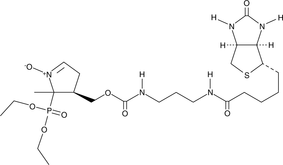
-
GC43439
Diallyl Trisulfide
Hydrogen sulfide (H2S) is an endogenously-produced gaseous second messenger that can regulate many physiological processes.

-
GC18517
Diapocynin
Diapocynin is the dimeric form of the NADPH oxidase inhibitor apocynin that has anti-inflammatory and antioxidant activities.
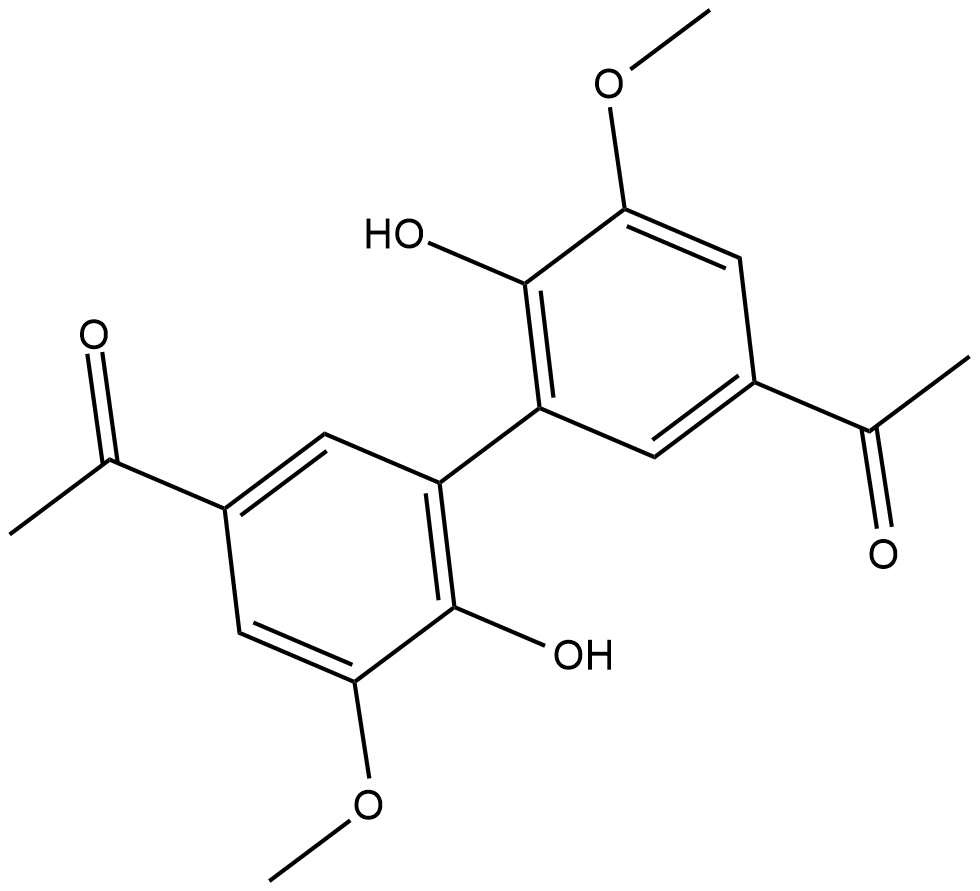
-
GC45662
Dieugenol
A neolignan with antioxidative and antiparasitic activities

-
GC43462
Dihydrolipoic Acid
Dihydrolipoic acid (DHLA) is a dithiol-containing carboxylic acid that is the reduced form of α-lipoic acid.

-
GC47234
Diosmetin-d3
An internal standard for the quantification of diosmetin

-
GC12520
Diphenyleneiodonium chloride
Diphenyleneiodonium (DPI) chloride (DPIC), as a NADH/NADPH oxidase inhibitor, has possessing potent antimicrobial activity against Mtb and S. aureus.
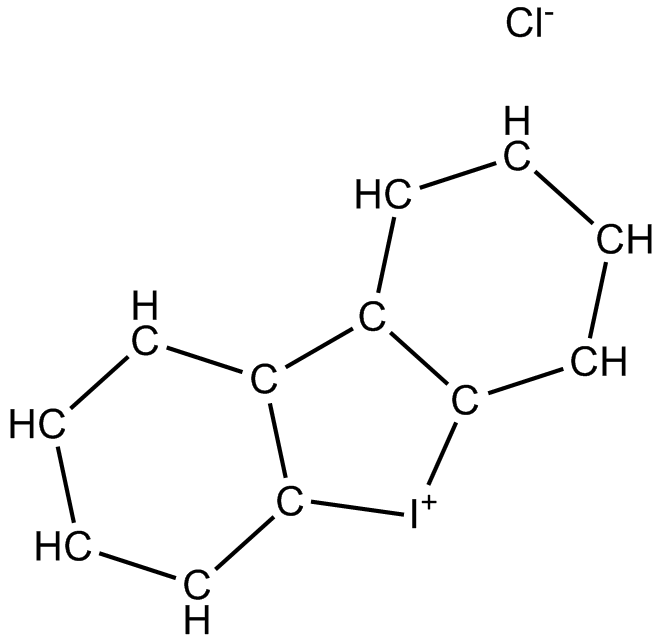
-
GC47238
Diquat (bromide)
Diquat (bromide) is a comprehensive herbicide commonly used in the cultivation of cotton, soybeans, and other crops to combat unwanted weeds.

-
GC10981
Disodium (R)-2-Hydroxyglutarate
Disodium (R)-2-Hydroxyglutarate (Disodium (R)-2-hydroxyglutarate) is the principal metabolite accumulating in neurometabolic disease D-2-hydroxyglutaric aciduria.
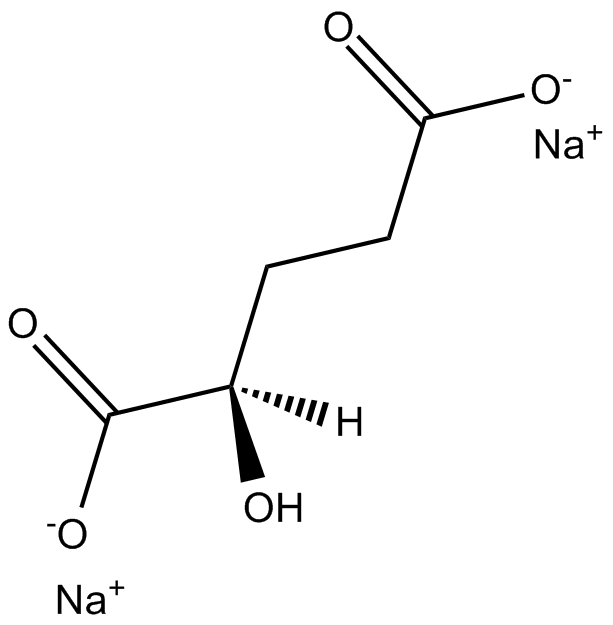
-
GC11702
DL-Carnitine HCl
DL-Carnitine HCl exists in two isomers, known as D and L.
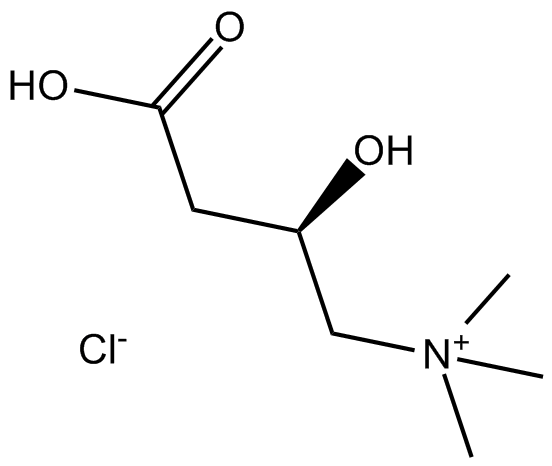
-
GC49081
DL-o-Tyrosine
A phenylalanine hydroxylation product

-
GC40557
DMNQ
DMNQ is a 1,4-naphthoquinone that acts as a redox-cycling agent, typically increasing intracellular superoxide and hydrogen peroxide formation.

-
GC43569
DPPP
DPPP (DPPP) is a fluoregenic peroxide reactive probe.
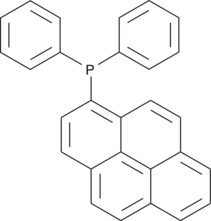
-
GC10331
Ebselen
A peroxynitrite scavenger
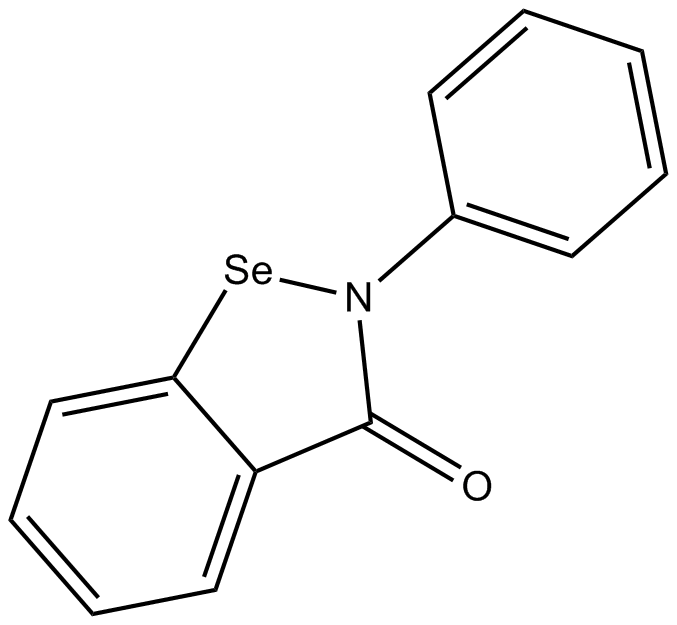
-
GC38149
Ecabet sodium
An antiulcerative and gastroprotective agent
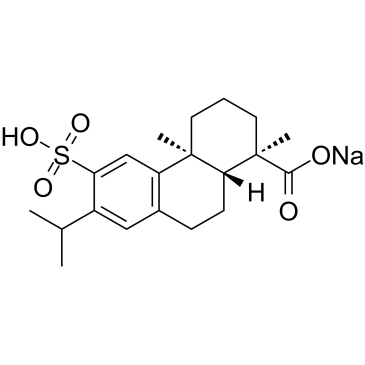
-
GN10422
Echinacoside

-
GN10504
Echinocystic acid
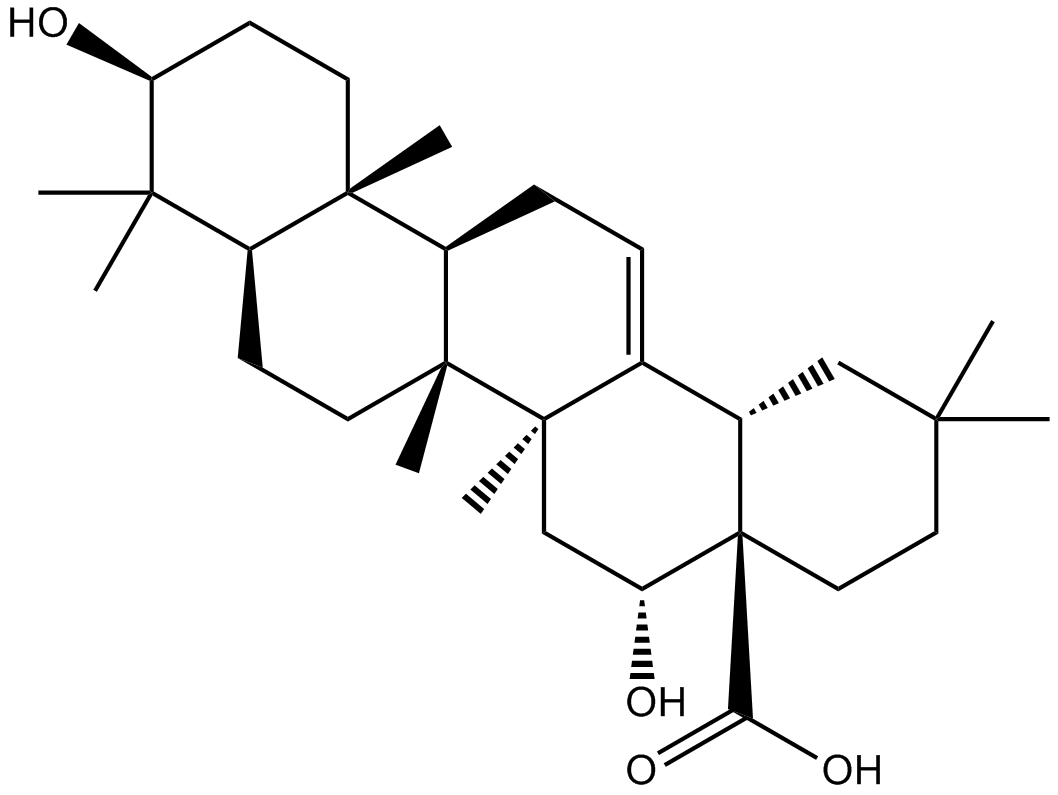
-
GC32887
Efaproxiral (RSR13)
Efaproxiral (RSR13) is a haemoglobin (Hb) synthetic allosteric modifier, decreases Hb-oxygen (O2) binding affinity and enhances oxygenation of hypoxic tumours during radiation therapy .
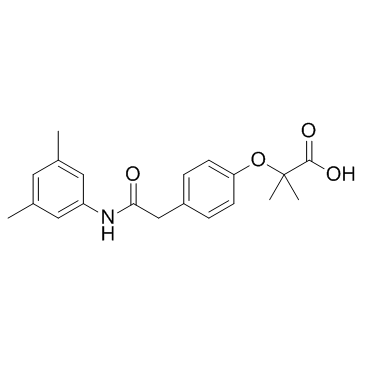
-
GC14586
Efaproxiral Sodium
Synthetic allosteric modifier of hemoglobin
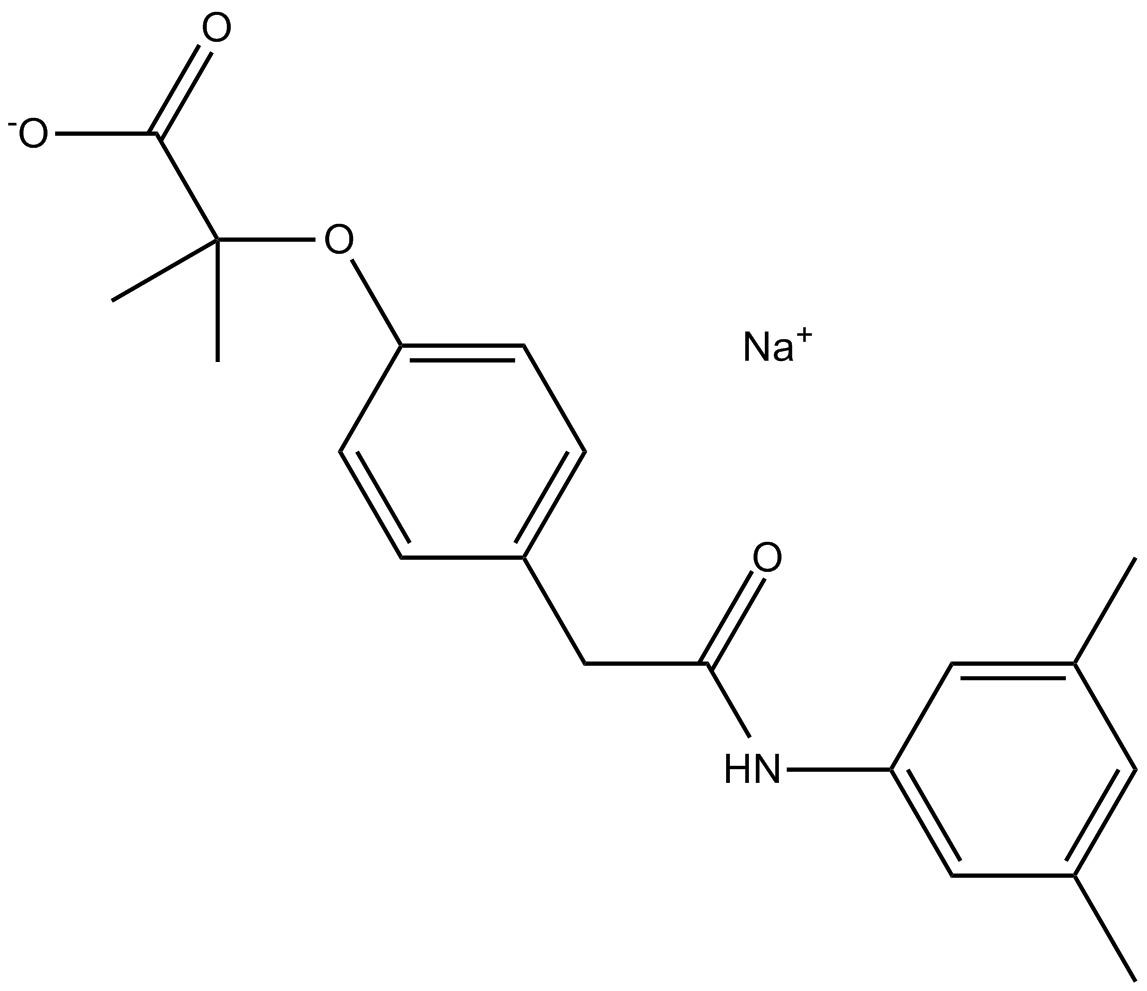
-
GC15548
Ellagic acid
Casein kinase 2 (CK2) inhibitor
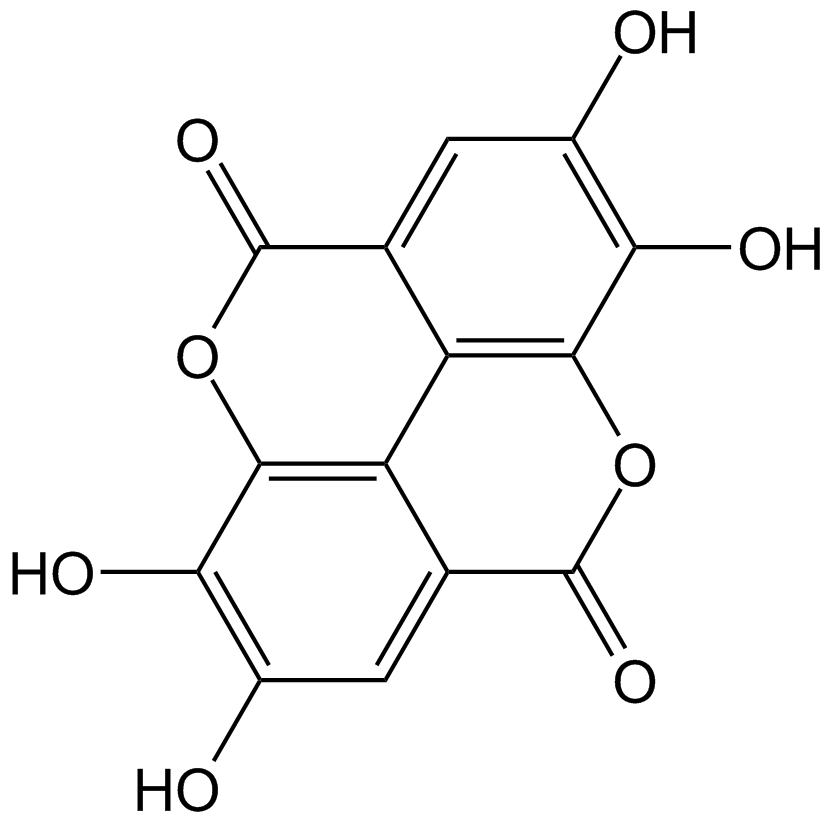
-
GC31671
Emeramide (BDTH2)
Emeramide (BDTH2) is a thiol-redox antioxidant and heavy metal chelator.
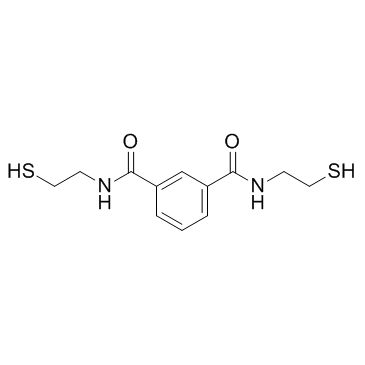
-
GC67214
Emoxypine succinate
Emoxypine succinate is an antioxidant. Emoxypine succinate can be used for the research of post-traumatic.
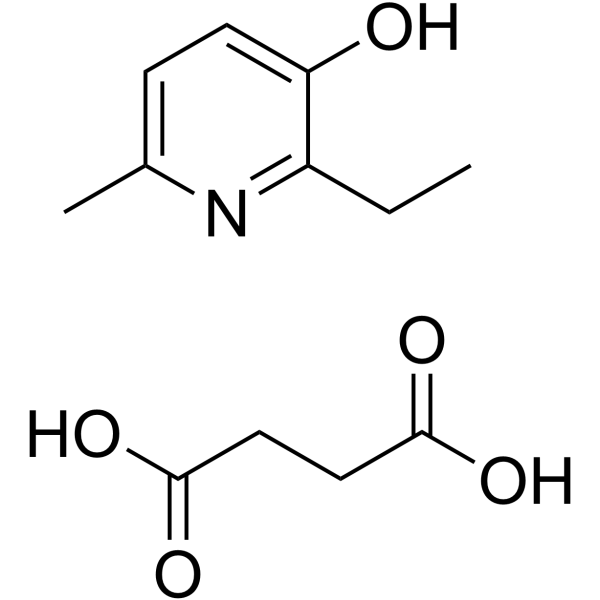
-
GC41290
EMPO
EMPO is a hydrophilic cyclic nitrone analog of the free radical spin trap DMPO.

-
GC35996
Epiberberine chloride
Epiberberine chloride is an alkaloid isolated from Coptis chinensis, acts as a potent AChE and BChE inhibitor, and a non-competitive BACE1 inhibitor, with IC50s of 1.07, 6.03 and 8.55 μM, respectively.
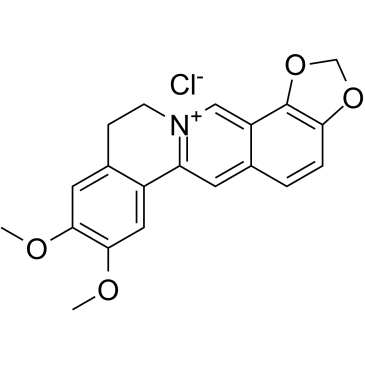
-
GC47306
Esculin (hydrate)
A coumarin with antioxidant and anti-inflammatory activities

-
GC32965
Ethoxyquin
An antioxidant used in animal feed
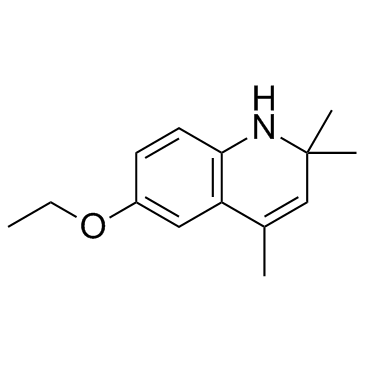
-
GC61669
Ethyl 3,4-dihydroxybenzoate
Ethyl 3,4-dihydroxybenzoate (Ethyl protocatechuate), an antioxidant, is a prolyl-hydroxylase inhibitor found in the testa of peanut seeds.
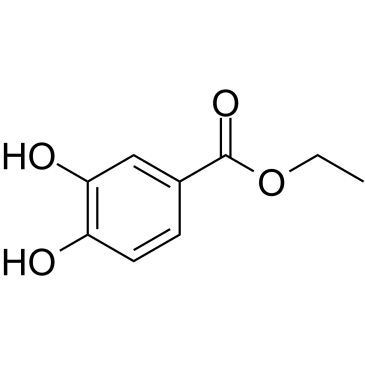
-
GN10519
Ethyl ferulate
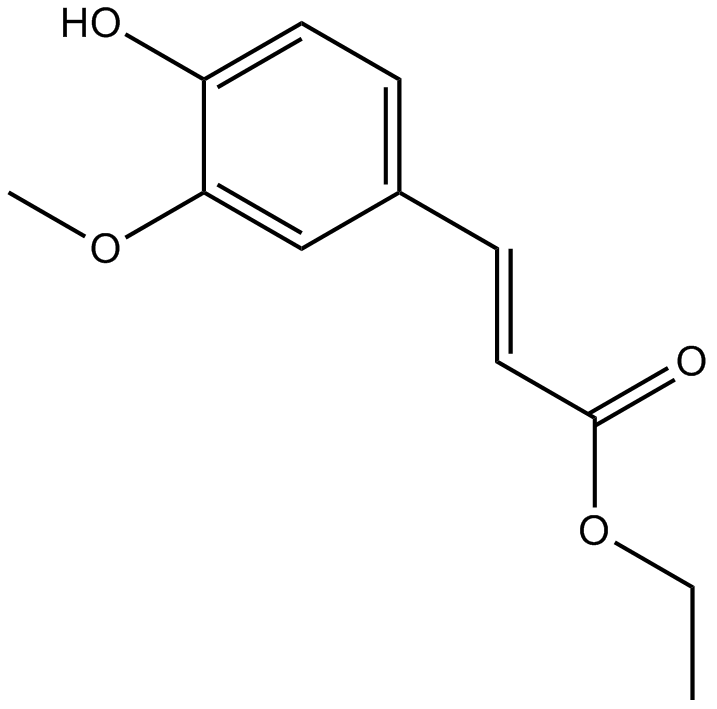
-
GC16517
Eugenol
naturally occuring scent chemical
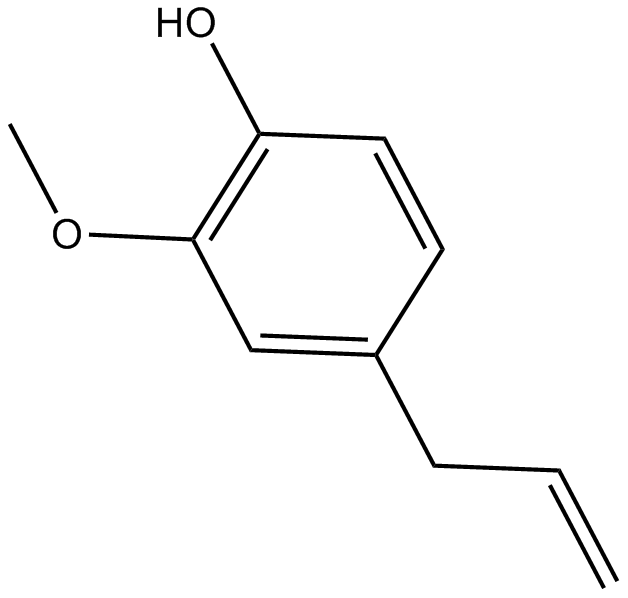
-
GC65475
Euparin
Euparin, a monomeric compound of Benzofuran, is a reactive oxygen species (ROS) inhibitor.
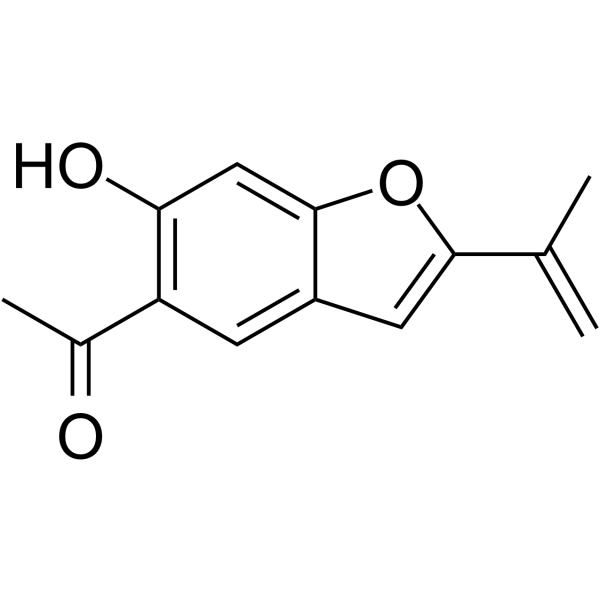
-
GC43656
FBBBE
FBBBE is a derivatized fluorescein compound that is used to detect the production hydrogen peroxide (H2O2) by cells.

-
GC18325
Ferrichrome (iron-free)
Ferrichrome is a hydroxamate siderophore produced by various fungi, including U.

-
GC32439
Ferulic acid sodium (Sodium ferulate)
Ferulic acid sodium (Sodium ferulate) is a novel fibroblast growth factor receptor 1 (FGFR1) inhibitor with IC50s of 3.78 and 12.5 μM for FGFR1 and FGFR2, respectively.
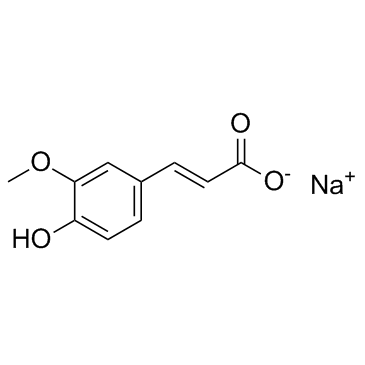
-
GC49344
Fisetin-d5
An internal standard for the quantification of fisetin

-
GC47387
G6PDi-1
An inhibitor of G6PDH

-
GN10388
Gallic acid

-
GC61436
Gallic acid hydrate
Gallic acid (3,4,5-Trihydroxybenzoic acid) hydrate is a natural polyhydroxyphenolic compound and an free radical scavenger to inhibit cyclooxygenase-2 (COX-2).
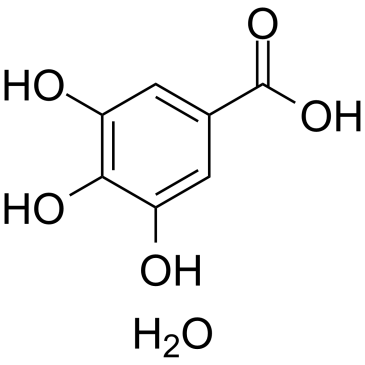
-
GC49420
Gallic Acid-d2
An internal standard for the quantification of gallic acid

-
GN10741
Garcinone D
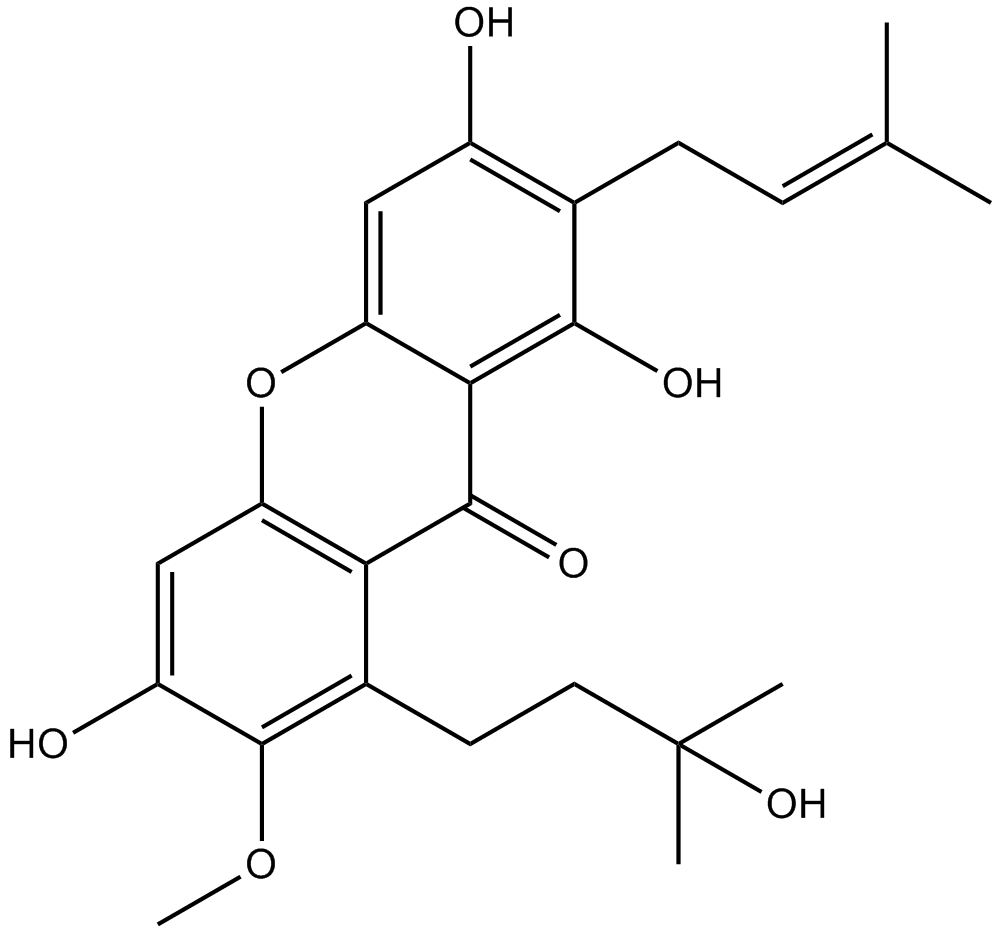
-
GC47397
Gemfibrozil-d6
An internal standard for the quantification of gemfibrozil

-
GC49106
Gentisein
A xanthone with diverse biological activities

-
GC45706
GHK-Cu (acetate)
A tripeptide-copper(II) complex

-
GN10098
Glabridin
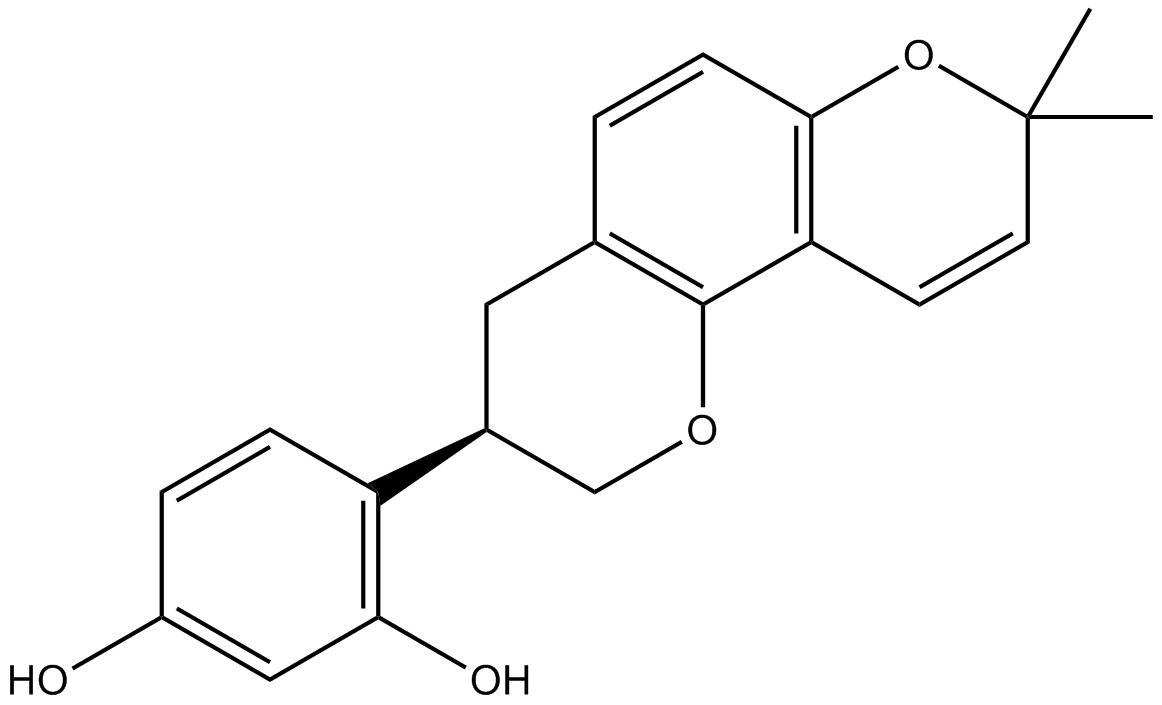
-
GC32999
Glucoraphanin
Glucoraphanin, a natural glucosinolate found in cruciferous vegetable, is a stable precursor of the Nrf2 inducer sulforaphane, which possesses antioxidant, anti-inflammatory, and anti-carcinogenic effects.
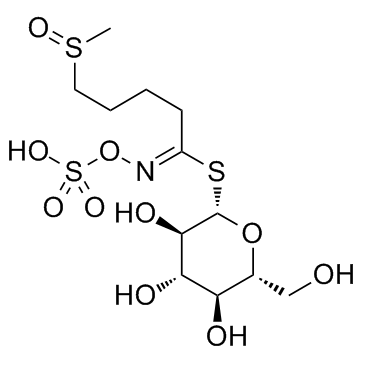
-
GC30263
Glucosamine (D-Glucosamine)
Glucosamine (D-Glucosamine) (D-Glucosamine (D-Glucosamine)) is an amino sugar and a prominent precursor in the biochemical synthesis of glycosylated proteins and lipids, is used as a dietary supplement.
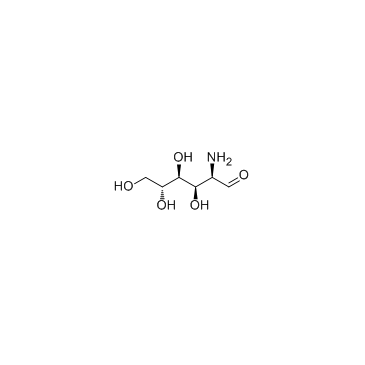
-
GN10669
Glucosamine sulfate
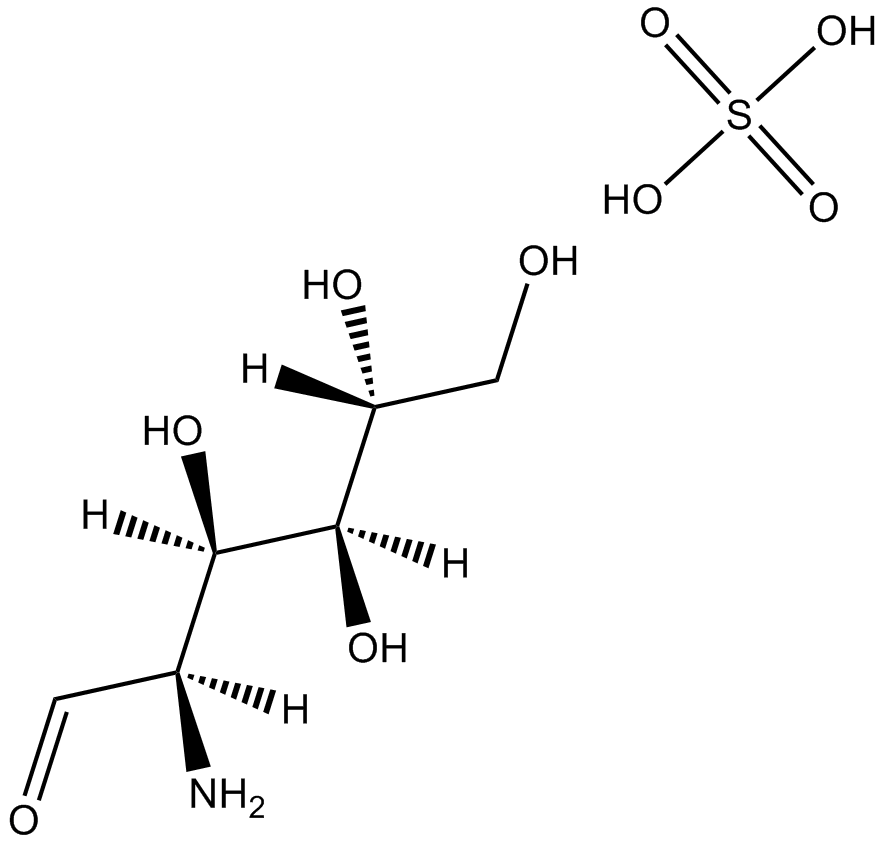
-
GC49271
Glufosinate-d3 (hydrochloride)
An internal standard for the quantification of glufosinate

-
GC31353
Glutathione oxidized (L-Glutathione oxidized)
Glutathione oxidized (L-Glutathione oxidized) (GSSG) is produced by the oxidation of glutathione.
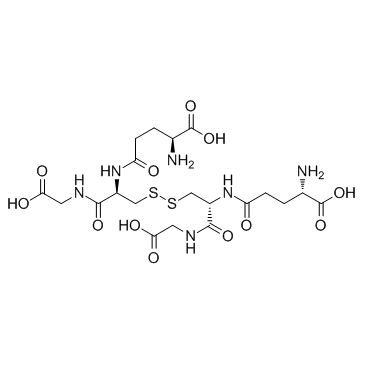
-
GC36176
Gomisin D
A lignan with diverse biological activities
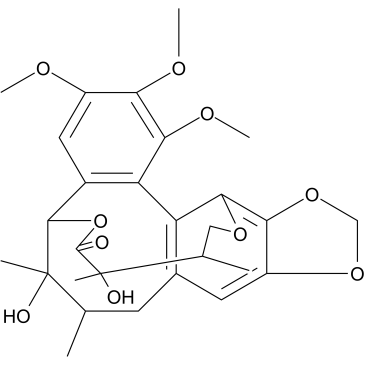
-
GC49697
GPX4 Inhibitor 26a
A GPX4 inhibitor

-
GC18788
Graphislactone A
Graphislactone A is an antioxidant produced by Cephalosporium IFB-E001 and M.
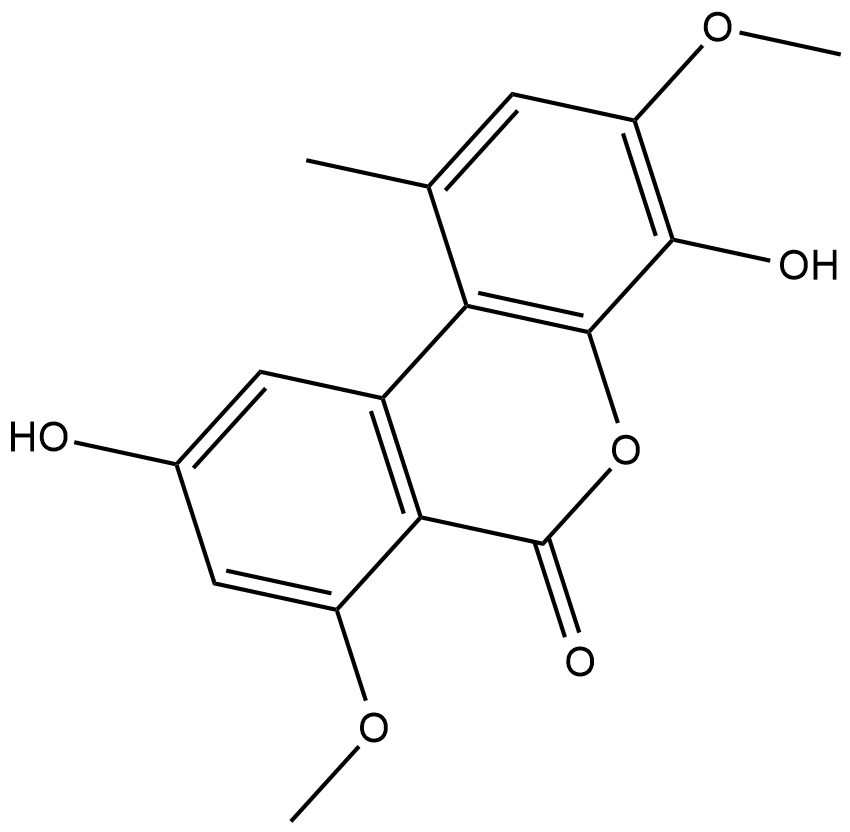
-
GC32681
GSK2795039
A NOX2 inhibitor
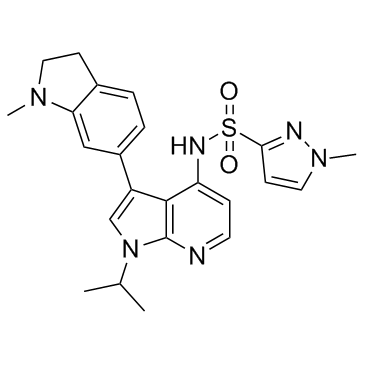
-
GA10800
H-Cys(Me)-OH
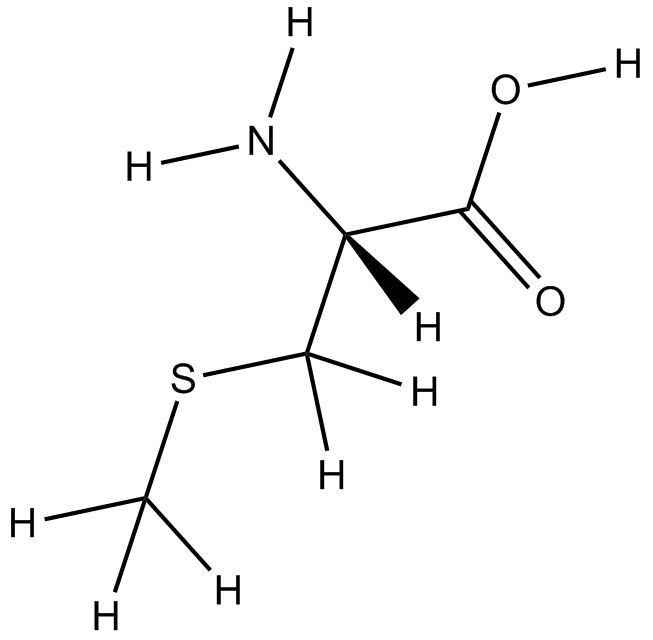
-
GC30006
H2DCFDA (DCFH-DA)
H2DCFDA (DCFH-DA) (DCFH-DA) is a cell-permeable probe used to detect intracellular reactive oxygen species (ROS) (Ex/Em=488/525 nm).
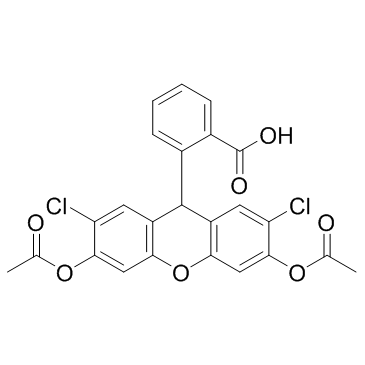
-
GC49855
Harmalol (hydrochloride hydrate)
A β-carboline alkaloid and an active metabolite of harmaline

-
GN10613
Hesperidin
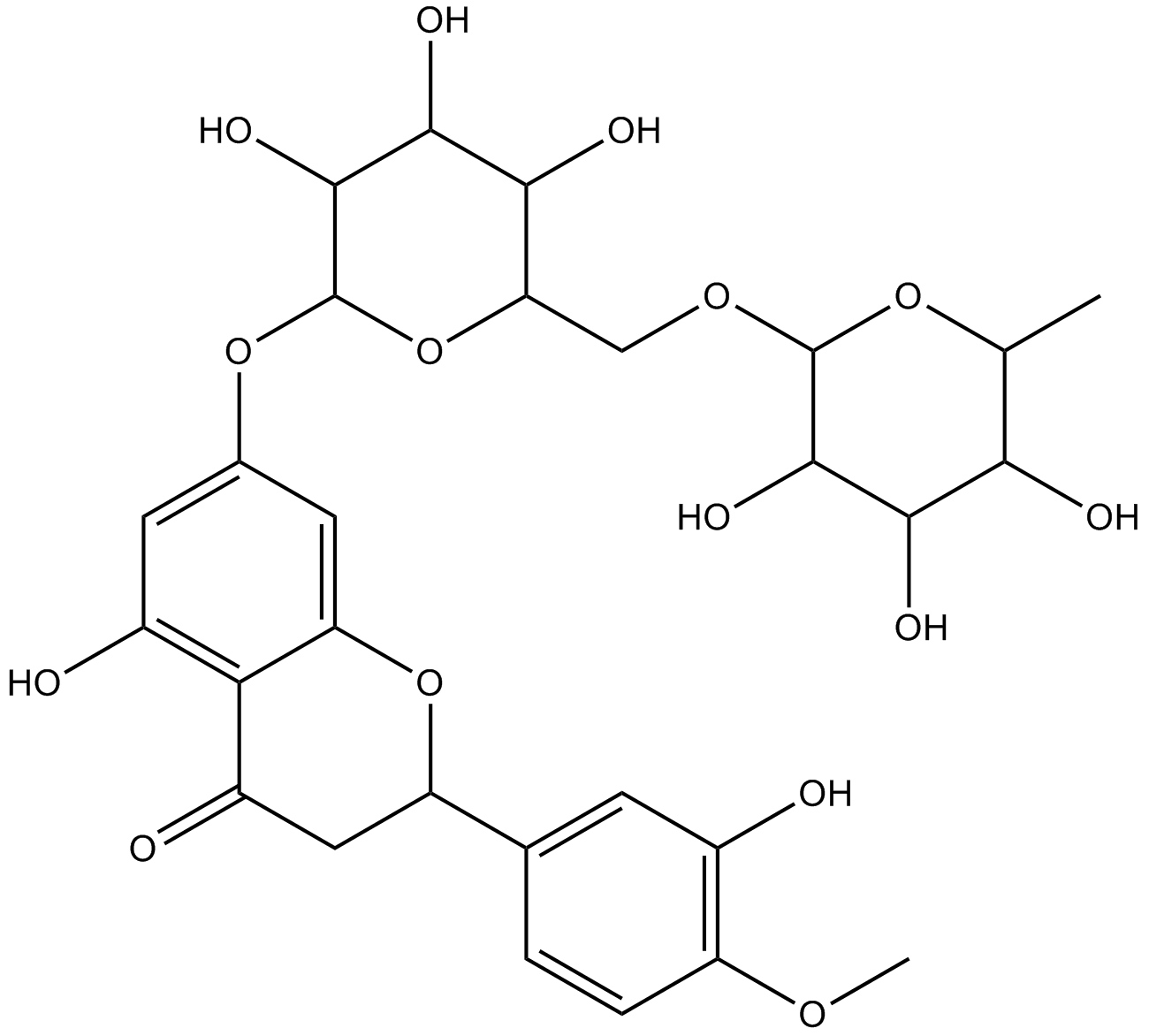
-
GC33479
Hexaconazole ((-)-Hexaconazol)
Hexaconazole ((-)-Hexaconazol) is a systemic fungicide used for the control of many fungi particularly Ascomycetes and Basidiomycetes.
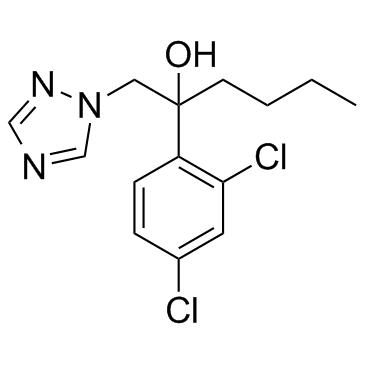
-
GC34116
Hexahydrocurcumin
Hexahydrocurcumin is one of the major metabolites of curcumin and a selective, orally active COX-2 inhibitor. Hexahydrocurcumin is inactive against COX-1. Hexahydrocurcumin has antioxidant, anticancer and anti-inflammatory activities.
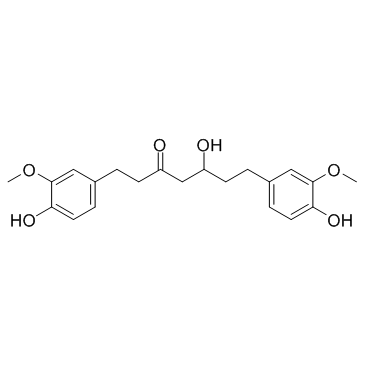
-
GC64595
HKSOX-1 (5/6-mixture)
HKSOX-1 is a fluorescent probe which is used for imaging and detection of endogenous superoxide in live cells and in vivo.
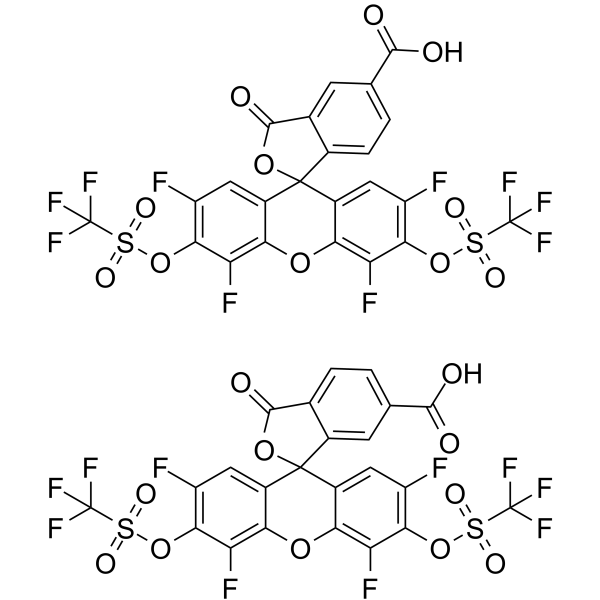
-
GC34617
HO-1-IN-1
HO-1-IN-1 (Compound 2) is a heme oxygenase 1 (HO-1) inhibitor with an IC50 of 0.25 μM.
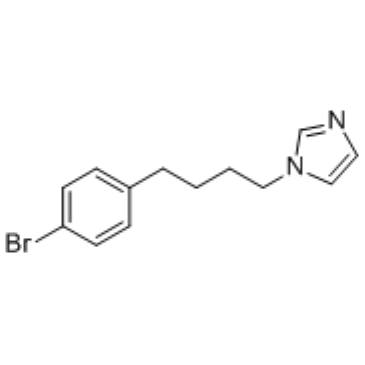
-
GC34618
HO-1-IN-1 hydrochloride
Heme Oxygenase-1-IN-1 (Compound 2) hydrochloride is a heme oxygenase 1 (HO-1) inhibitor with an IC50 of 0.25 μM.
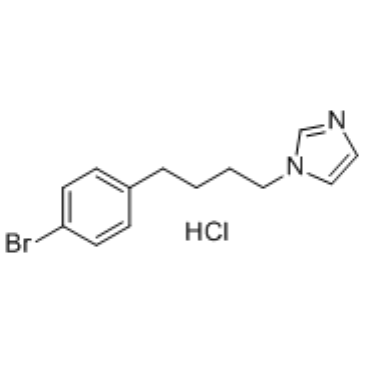
-
GC43870
HPF
Hydroxyphenyl fluorescein (HPF) is the reagent that can directly detect highly reactive oxygen species (hROS).
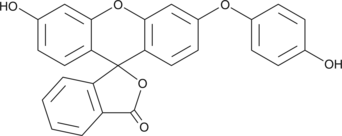
-
GC47436
HT-2 Toxin-13C22
An internal standard for the quantification of HT-2 toxin

-
GC19193
HTHQ
HTHQ, which is a hydroquinone monoalkyl ether, is a potent anti-oxidative agent, even at low dose levels.
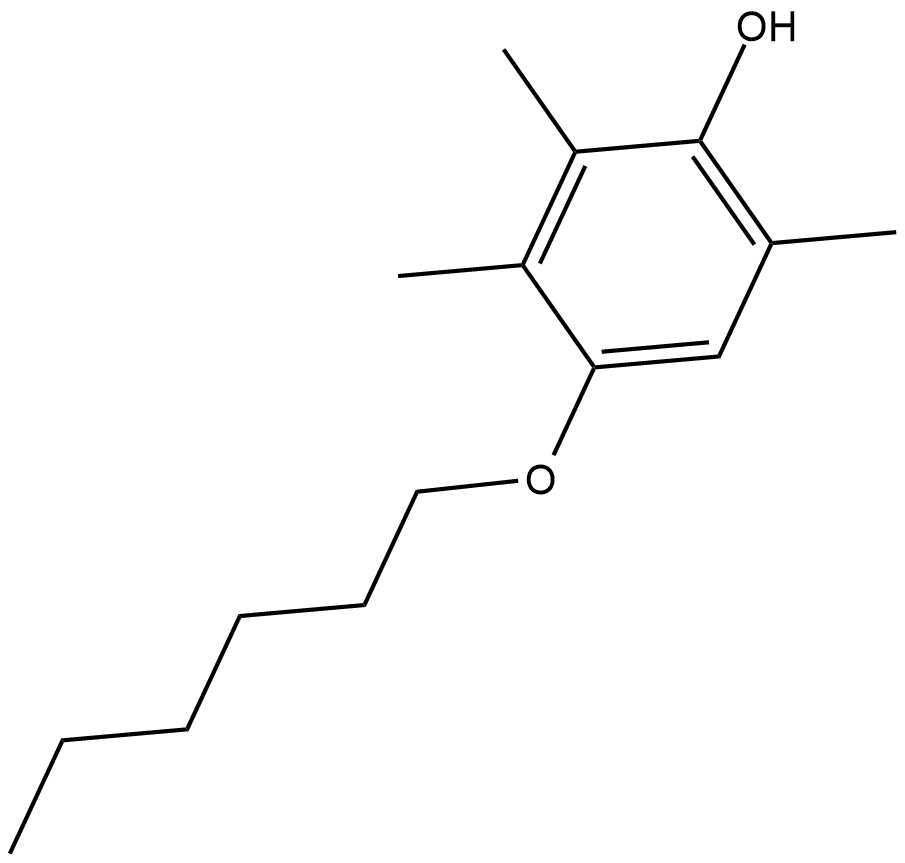
-
GC36262
Huangjiangsu A
Huangjiangsu A, pseudoprotodioscin, methyl protobioside, protodioscin, and protodeltonin, isolated from D.
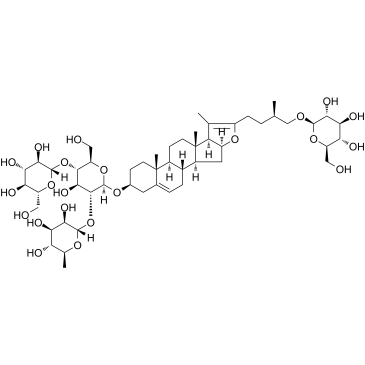
-
GC52190
Imidazole Ketone Erastin
Imidazole Ketone Erastin is a ferroptosis inducer.

-
GC49290
Indoxyl Sulfate-d5 (potassium salt)
An internal standard for the quantification of indoxyl sulfate

-
GC61440
Iprodione
Iprodione, a dicarboximide fungicide, has a highly specific action, with a capacity to cause oxidative damage through production of free oxygen radicals (ROS).
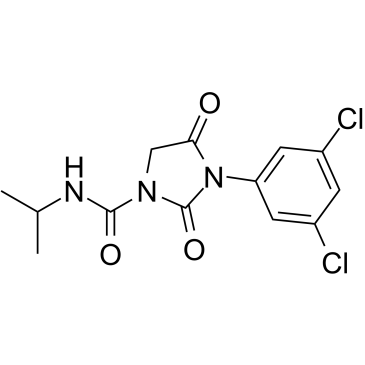
-
GC39600
Iron sucrose
Iron sucrose (Iron saccharate) is a intravenous iron preparation and a pro-oxidant agent.
